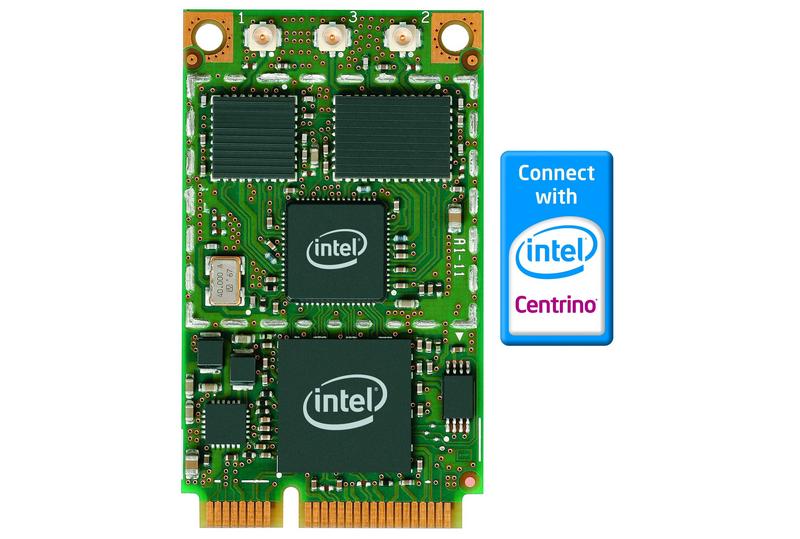Intel adds 802.11n support to Centrino
Intel's Centrino mobile chipset updated with 'Next-Gen Wireless-N' support, while the chip giant also launches a 'Connect with Centrino' programme.

Intel has updated the wireless networking element of its Centrino mobile chipset platform. In the technology trinity of processor, chipset and wireless networking, Intel has adopted 802.11n for the Wi-Fi comms. It has dubbed it 'Next-Gen Wireless-N'.
As well as reduced power consumption, Intel claims a fivefold increase in throughput and double the range of coverage compared with its previous 802.11a and g offerings. This means, for example, that users should be better able to enjoy HD video across home networks, with a reduction of dead spots and an increase in overall coverage, according to the director of wireless marketing at Intel's Mobile Platforms Group, Dave Hofer.
Accompanying the adoption of the 'n' flavour of 802.11, Intel has launched a 'Connect with Centrino' programme. It has worked with access point vendors - the likes of Asus, Belkin, Buffalo, D-Link and Netgear - to help ensure compatibility for the latest standard. The original purpose of the Centrino 'brand', with its explicit incorporation of Intel radios, was to ensure compatibility between suitably badged products.
Only yesterday, the IEEE revised the 802.11n wireless networking standard. The new specification has been temporarily labelled as version 1.1, but will be rebranded as 2.0 when submitted to the full 802.11 working group at the end of the month.
Note, however, that final approval of the long-awaited standard has been delayed to mid-2008, but many 'draft' 802.11n products are already appearing on shop shelves. The significance of the Intel announcement is that the chip giant has now thrown its weight behind the v1.1 spec, which may encourage other vendors to follow suit.
Intel has previously criticised the early release of draft-n products as causing confusion in the marketplace with their non-compatibility. Standards are crucial, of course, in the realm of networking where compatibility is essential for communication.
The main advance of 802.11n is the use of MIMO, employing multiple antennas to transmit and receive, achieving increased throughput through multiplexing.
Get the ITPro daily newsletter
Sign up today and you will receive a free copy of our Future Focus 2025 report - the leading guidance on AI, cybersecurity and other IT challenges as per 700+ senior executives
'Integrating wireless-N technology into notebook computers based on Centrino Duo with the Intel Core 2 Duo processor delivers the speed, coverage and multi-tasking abilities needed for consumers to enjoy their home networking and digital entertainment,' said Hofer. 'Additionally, access points that are identified by our new "Connect with Centrino" logo assure consumers that they are purchasing a compatible wireless-N system.'
When will the new products arrive? Intel says that the parts are in production now and they are ramping up volumes. Notebooks from the likes of Acer, Asus and Toshiba should appear at the end of January, featuring Next-Gen Wireless-N as well as Vista.
-
 Should AI PCs be part of your next hardware refresh?
Should AI PCs be part of your next hardware refresh?AI PCs are fast becoming a business staple and a surefire way to future-proof your business
By Bobby Hellard Published
-
 Westcon-Comstor and Vectra AI launch brace of new channel initiatives
Westcon-Comstor and Vectra AI launch brace of new channel initiativesNews Westcon-Comstor and Vectra AI have announced the launch of two new channel growth initiatives focused on the managed security service provider (MSSP) space and AWS Marketplace.
By Daniel Todd Published